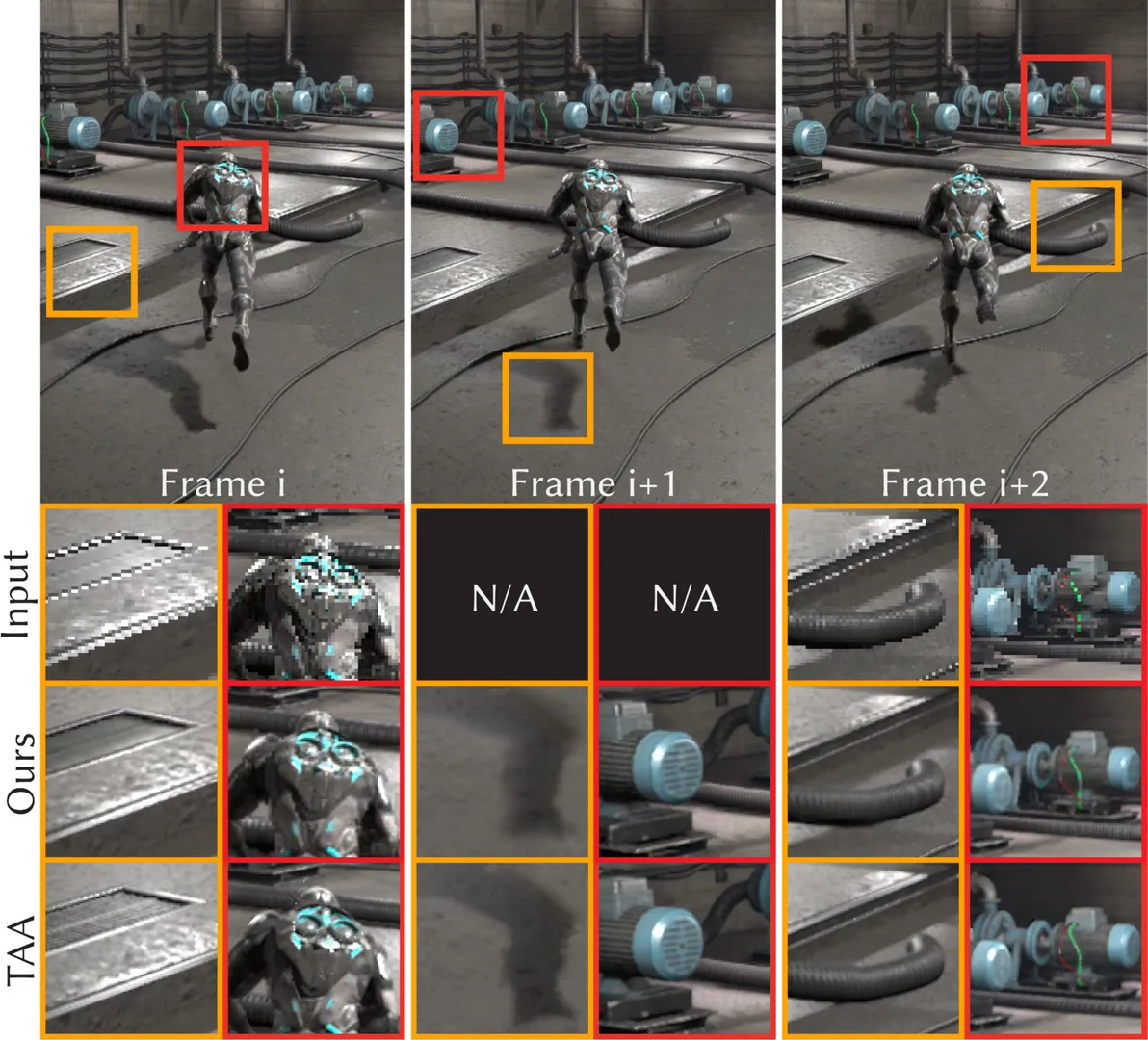This method depends heavily on the quality of the input frame and may increase the likelihood of visual artifacts. Intel acknowledges these potential drawbacks but highlights the reduced latency advantage of extrapolation.
ExtraSS builds upon Intel's XeSS technology, known for performance improvements, thereby positioning Intel as a contender against AMD and Nvidia. Intel has yet to introduce a technology equivalent to Nvidia's Reflex or AMD's Anti-Lag, which manage latency in frame generation through interpolation. Thus, Intel opted for extrapolation to minimize latency and has developed a "warping method with a lightweight flow model" to mitigate issues associated with extrapolation. If this approach maintains high visual fidelity, it could emerge as a viable option compared to AMD and Nvidia's solutions.


